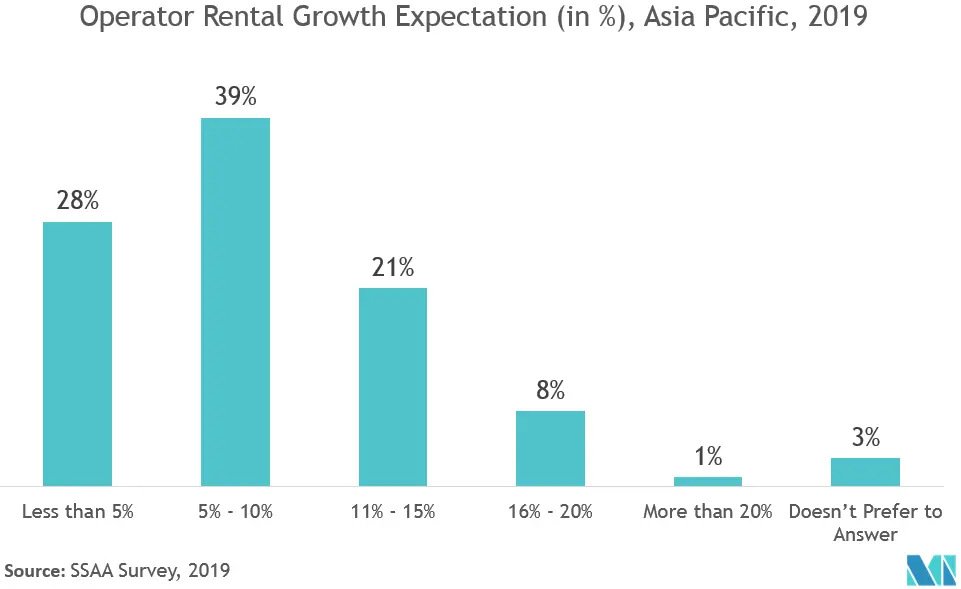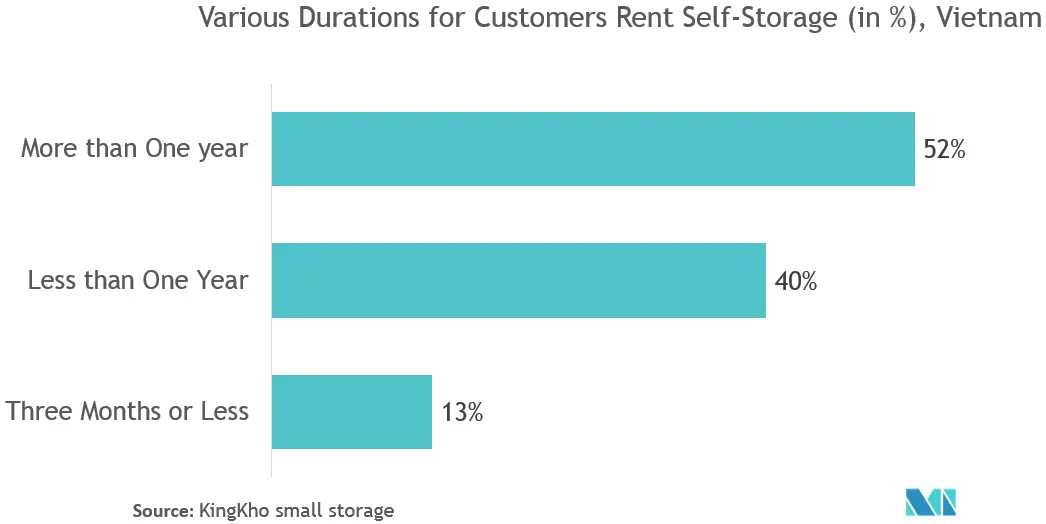Market Trends of Vietnam Self-Storage Industry
This section covers the major market trends shaping the Vietnam Self Storage Market according to our research experts:
Increased Urbanization, Coupled with Smaller Living Spaces is Expected to Drive the Self-Storage Demand in Vietnam
- The Asia Pacific region is anticipated to have the highest urban population by 2030. With a substantial share in global consumer spending, the region is expected to emerge as a profitable market for self-storage vendors.
- Growing urbanization in Vietnam is one of the significant factors that are positively driving the market growth. Growing urban populations mean smaller and increasingly expensive living spaces in cities and the creation of more renters who move around more frequently. According to Worldbank, currently, Vietnam has an urban population of nearly 37% of the overall country’s population. The urban population was below 30% four to five years back; the increased urban population in Vietnam is creating an opportunity for the self-storage market.
- In Asia, the self-storage market is established in the densely populated and more affluent regional cities. Singapore, Hong Kong, Tokyo, Hanoi, and Saigon have the smallest average home sizes in the region. The size of an average home is less than 800 square feet in these cities compared to nearly 1,000 square feet in the United Kingdom, and over 2,000 square feet in the United States.
- With the urbanization in Vietnam, it results in the growing e-commerce sector in the country. Owing to the rise of the e-commerce sector, self-storage operators are expanding in the country. For instance, in the recent past, KingKho had opened its first self-storage facility in Hanoi city. The newly built facility comprises more than 1,000 square meters of space in four different storage unit sizes ranging from 1 to 100 square meters.

Business Self-storage Type Segment is Expected to Hold a Significant Share Throughout the Forecast Period
- In Vietnam, self-storage provides a flexible alternative for businesses that do not want to enter into long-term leases and prefer to rent a flexible space from a self-storage operator instead of a large warehouse where most of the space goes unused for a significant period. Businesses that use self-storage space are majorly SMEs and start-ups that use them to store and even display merchandise.
- In China, the rising labor costs, a costly trade war with the US, and the origin of COVID-19 in the country have disturbed the manufacturing ecosystem upto a certain extent. This has given Vietnam a chance to emerge as a new manufacturing hub of Southeast Asia. Despite the Trans-Pacific Partnership negotiations' failure, investor confidence has boosted by the imminent passage of the Comprehensive and Progressive Agreement for the Trans-Pacific Partnership and the finalization of the EU-Vietnam Free Trade Agreement (EVFTA). With the rise of business setups in the country, it will boost the market's business segment in the coming years.
- The growth in e-commerce sales in the country has also driven the growth of this segment. E-tailers are using self-storage space to leverage last-mile delivery. Some storage operators in Vietnam also offer storage units where e-commerce companies can leave packages for shoppers to receive later, which is easing some of the difficulty related to the last-mile delivery.


